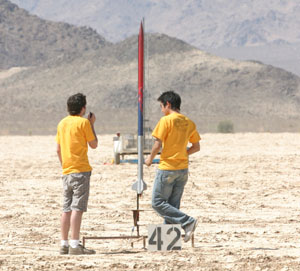Lectures on Atmospheric Science

Reference Materials
The 2016 PowerPoint is here. The PDF of the 2016 PowerPoint is here. The streaming video of the 2016 lecture may eventually be here. In the meantime, log on to Sakai, go to the HM ENGR80.X 2016 tab (where X is your section number, 1,2,3, or 4), click on the MediaSite link in the left navigation bar, if necessary click on the press here to launch link, and then watch the E80 - 2016S - Rm. Recital Hall_2/23/2016 video.
The 2015 PowerPoint is here. The PDF of the 2015 PowerPoint is here. The streaming video of the 2015 lecture is here.
The video of the 2014 lecture is here. The 2014 PowerPoint is here.
The 2013 PowerPoint is here. The PDF of the 2013 PowerPoint is here. The video of the 2013 lecture is here.
The 2012 PowerPoint is here. The PDF of the 2012 PowerPoint is here. The video of the 2012 lecture is here.
The PDF of the 2011 PowerPoint is found here.
This link contains data on the expected seasonal variations of the actual atmosphere from the standard atmosphere model.
This link explains commonly-collected meteorological data, how they are collected, and how they are processed. You may find it a useful starting point. The article mentions specifically:
- Solar radiation – can be measured with a photodiode or photoresistor (see the Op-Amp Lab).
- Air temperature – can be measured with a thermocouple, thermistor, or SS temperature sensor (see the Temperature Lab).
- Air humidity – can be measured with a relative humidity sensor and a temperature sensor (see the Sensors & Transducers Lecture).
- Wind speed – can be measured with an anemometer or the drift of an object descending through the air (see for example, The Loki-Dart).

